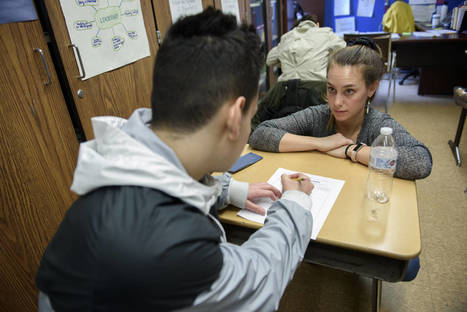The move toward cultural proficiency, also known as culturally relevant education or culturally responsive teaching, has been gaining momentum in urban school districts throughout the country. The goal is to better serve low-income students of color by acknowledging and addressing inequities built into aspects of curriculum design, classroom discipline and even student-teacher relationships. Many educators cite these as contributing factors in the long-standing academic achievement gap between low-income students of color and their more affluent white peers. The first step, cultural proficiency proponents say, is for white teachers simply to acknowledge the role that racial and cultural bias plays inside the building and classrooms. It’s a step that doesn’t come easily.
Research and publish the best content.
Get Started for FREE
Sign up with Facebook Sign up with X
I don't have a Facebook or a X account
Already have an account: Login
Professional learning in a glance (or two)!
Curated by
John Evans
 Your new post is loading... Your new post is loading...
 Your new post is loading... Your new post is loading...
|










